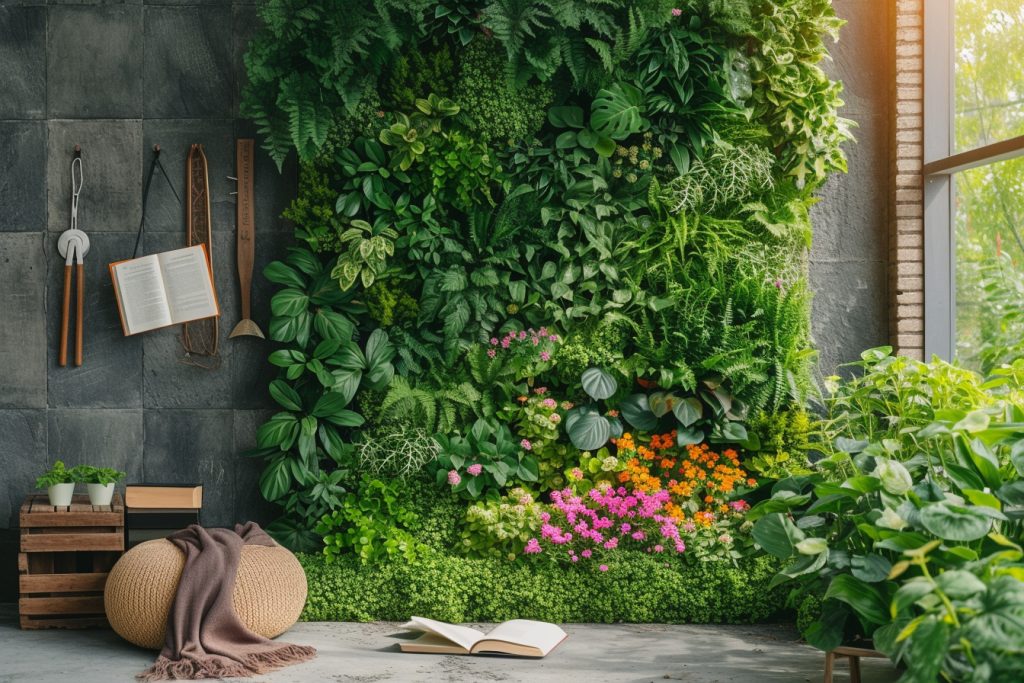Succulents are unique plants that store water in their leaves, stems, or roots, giving them a plump and often glossy appearance. Their low-maintenance requirements and striking aesthetic make them a popular choice for gardening enthusiasts. Embarking on the journey to create a succulent garden provides not only the satisfaction of cultivating life but also the chance to add a touch of greenery to your environment.
Understanding the basics of succulents
Selecting the Right Varieties
With a myriad of succulent types available, choosing varieties that complement each other is key. Aeoniums, Echeverias, and Sedums offer diverse shapes, colors, and textures that can form the foundation of a visually captivating garden. Beginners should opt for hardy species that can withstand slight neglect as they learn the ins and outs of proper care.
The Importance of Climate Considerations
Succulents thrive in environments that mimic their natural habitats, which range from desert to rainforest conditions. Most varieties favor arid climates with plenty of sunlight, but there are those that require shade and more humidity. Understanding the climate needs of your selected species ensures their health and vibrancy.
Planning your succulent garden
Choosing the Location
Scope out an area that receives adequate sunlight for most of the day. An east or south-facing window is ideal for indoor gardens, while a spot that isn’t shaded for long periods suits outdoor gardens. Good air circulation is another factor that helps prevent pests and diseases.
Designing the Layout
Visualize your garden before planting. Consider height, color, and texture when arranging your succulents. Taller species make striking background plants, while rosette-forming varieties act as focal points. Creeping species that spill over edges can soften the garden’s look.
The essentials of planting
Preparing the Soil
Succulents need well-draining soil to prevent root rot. Mixing regular potting soil with sand, perlite, or pumice enhances drainage. Some gardeners prefer using ready-mixed succulent or cactus soil to simplify the process.
Selecting Containers
When container gardening, drainage holes are a must. Choose pots made of breathable materials like terracotta or concrete that allow for moisture evaporation. For outdoor gardens, raised beds or rock gardens facilitate proper drainage.
Planting Technique
Spacing is critical to allow succulents to grow and prevent overcrowding. Plant succulents with similar light and water requirements together. Bury the roots deep enough to support the plant, but avoid burying them too deeply to reduce the risk of stem rot.
Care and maintenance
Succulent Watering Protocol
Watering is perhaps the most common pitfall for beginners. Succulents demand less water than other plants. A thorough watering followed by a complete drying out of the soil is the correct cycle. The frequency depends on the climate, season, and the succulent’s species.
Feeding Your Succulents
A balanced, water-soluble fertilizer can nourish succulents during their growth phase, typically in the spring and summer months. Over-fertilizing can harm these plants, so it is recommended to feed sparingly and as per specific plant needs.
Managing Sunlight and Temperature
While most succulents prefer bright light, scorching sun can be damaging. Monitor your plants and introduce shading if necessary. In terms of temperature, most succulents are not frost-tolerant, so consider bringing outdoor plants inside during freezing weather.
Pruning and Grooming
Removing dead leaves and spent flowers encourages healthy growth and prevents decay. Pruning also helps maintain the desired shape and size of your succulent display.
Troubleshooting common issues

Dealing with Pests and Diseases
Overwatering is the primary catalyst for pest infestations and fungal diseases. Mealybugs, spider mites, and scale can be kept at bay with proper watering practices and the use of appropriate pesticides when necessary. Isolating affected plants can prevent the spread of pests and diseases.
Addressing Overgrowth and Propagation
As your succulent garden matures, some plants might outgrow their space. Propagation through cuttings or leaves not only manages the size of your garden but also provides new plants to expand or share.
Managing Seasonal Changes
With each season, the garden’s requirements shift. Adapting your care routine to accommodate seasonal changes in light exposure, temperature, and growth patterns adds to the longevity and quality of your succulent garden.
Monitoring and Adjusting
Stay vigilant and ready to adjust your care practices. Observing the behavior of your succulents is the best way to understand their needs. Leaf discoloration, drooping, and soil condition are all indicators that may require changes in your gardening approach.
Final thoughts
With patience and attention to detail, beginners can cultivate a stunning succulent garden that flourishes and brings life to any space. The simplicity of their care and the diversity of their forms make them an excellent choice for gardeners of all levels. As you embark on this rewarding journey, remember that the learning experience itself, filled with trials and successes, contributes to the overall joy of succulent gardening. Keep nurturing your green haven, and watch as it transforms through your dedication and care.








